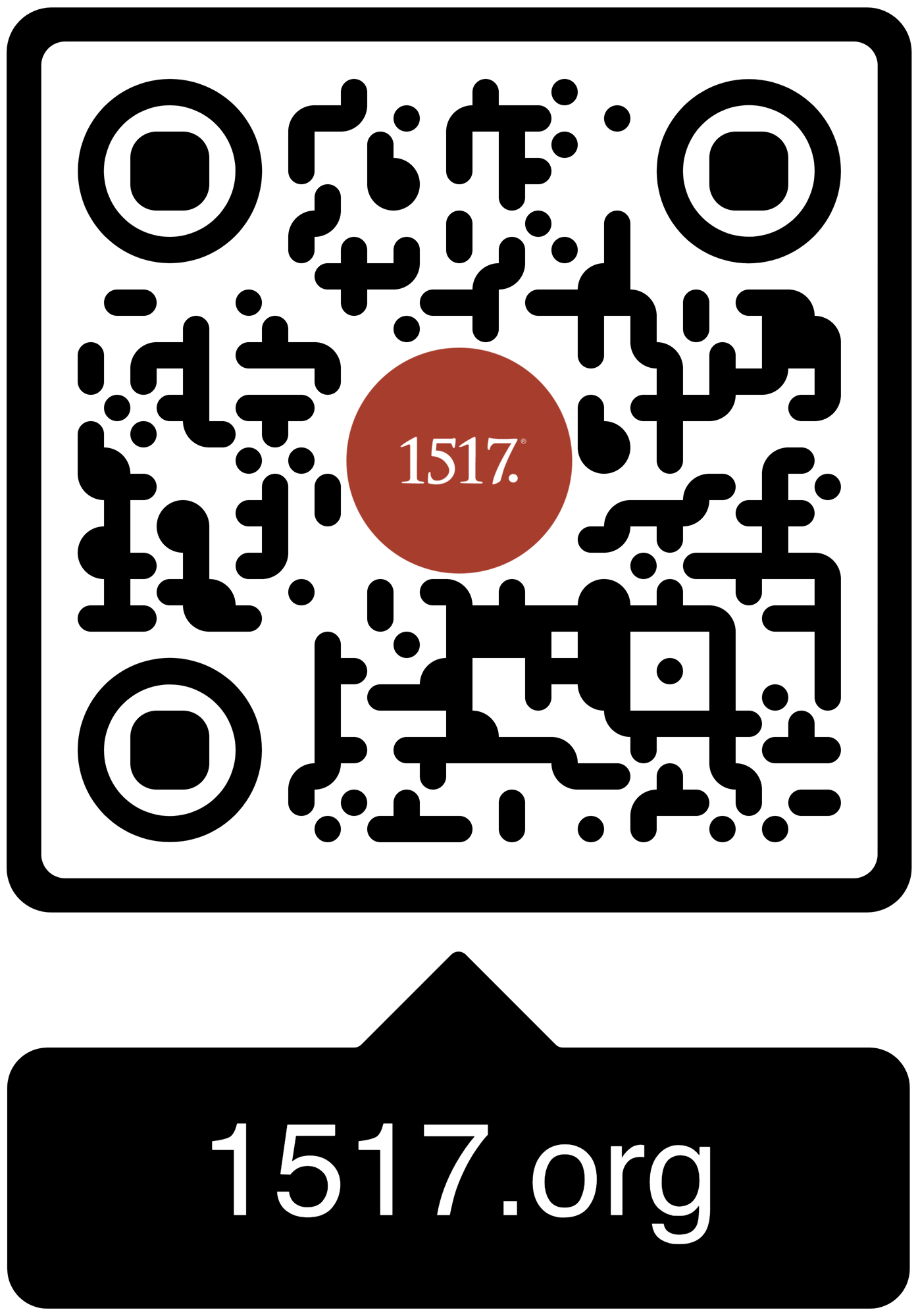All proper sermons will bring auditors spatially from the spaces and things posited in their imagination to a living encounter with Christ at the altar.
Employing the homiletical device of “spatial reference” can be an effective rhetorical dynamic that moves and retains auditors (congregants) toward desired preaching outcomes.
Most auditors are accustomed to learning in a linear fashion. History, for example, has a linear timeframe. Whether one studies the nineteenth century or the full scope of history of redemption, the mind’s eye places people, dates, and events within a linear frame, such that it has a starting point and, progressing apace, a terminal point. This favored method of learning is dynamic, allowing for new information to be slotted in its proper place without disrupting existing data. The same applies to stories. Most stories progress in a linear fashion (some, of course, flashback and others flash forward). So, tracking the storyline is made easier as it progresses in a linear fashion. “Spatial references” within a storyline, especially locales which are familiar or easily imagined, aid in content conveyance and retention. Indeed, a well-known mnemonic device, especially for memorizing large amounts of information, is “walking from room to room” and associating content with “places” or “spaces.”
Here is an example from a recent sermon on Luke 11:1-13, where our Lord Jesus teaches about prayer. The sermon’s “hook” refers to walking through an airport behind a woman, whose T-shirt had the word “P.U.S.H.” emblazoned on the back in large capital letters (standing for “Pray Until Something Happens”). Airports are familiar to all and so would be the activity of reading T-shirts. The auditor’s immediate association with both the activity and location immerses them within the storyline and provides listening markers (movement, locations, “push,” “T-shirt,” and the like) on the journey to Jesus’ teaching on prayer and the gospel latent therein. To bring the parishioner deeper into the sermon, it utilized those key markers to transpose persons and locations:
It seemed presumptuous to assume that “something must happen” in consequence of our prayers. But then I thought about another woman. This one lives, not in America, but in a parable in Luke’s Gospel. It is the story of Jesus about the widow who could not get a hearing from a lazy and unconscientious judge. So, she pestered him and pestered him until at last he said, “Though I neither fear God nor regard man, yet because this widow bothers me, I will vindicate her, or she will wear me out by her continual coming.” The point Jesus was making was this: “Hear what the unrighteous judge says. And will not God vindicate His elect, who cry to Him day and night? Will He delay long over them?” You can picture the woman from Luke wearing the original “P.U.S.H.” T-shirt. The whole reason for this woman’s literary existence is to be an example to us to pray and keep praying, to entreat our Father day and night, until something happens.
A second transposition garners the related Old Testament text from Genesis to establish another point of contact with Christ’s teaching on prayer:
And then I thought also about a man, Abraham. Maybe it was he who wore the original T-shirt. He cried to God, day and night, driving a hard bargain for the salvation of Sodom. He drove God’s price down from fifty righteous souls down to ten. And God responded as the parable of the unjust judge might make us expect: “For the sake of ten I will not destroy it.”
At this point, auditors have been working inside (the mind’s eye) and outside (real, spatial referents) with their imagination. Simply put, the sermon has stimulated their theological imagination, which will easily engage their liturgical imagination. For the moment, though, the sermon has them apply inside/outside juxtaposing to themselves.
Prayer, it seems, is not, in the first instance, about changing the outside world. It certainly is not about changing the mind of God. This is about Abraham’s own [inside] exploration and discovery of the depths of God’s grace, a revelation that the Creator God is truly gracious and merciful. Abraham had dared to hope that somehow the merciful God he had come to know, that somehow He might avert His anger from the city whose name has gone down in history as a byword for shame and degeneracy; if (and I am sure he must have hesitated to bring such an outrageous hope into words) just fifty people in the whole city broke the mold of its iniquity. And he found he had not misjudged the depths of God’s mercy. For only fifty, a city would be given another chance. And Abraham pushed and pushed at the limits of God’s grace. The smaller he could press that number, the fewer the righteous souls to be mustered, the greater would be the mercy of God. And this is what Abraham found, he could not discover the floor of God’s willingness, the speck of decency to which God would not reach out. So, of course, he could also not find the ceiling of God’s compassion. This is what Abraham discovered. We should know it, too.
Simply put, the sermon has stimulated their theological imagination, which will easily engage their liturgical imagination.
The linear progress or regression of numbers also works in the same linear fashion with spatial orientation (50, 40, 30, 20, 10). It is so clear and familiar that even young children can follow it, along with the conundrum it presents (would God spare the city, nay, the world for one righteous man?), moving toward a resolution.
The resolution comes with the Gospel of our Lord Jesus Christ. Long before Abraham, God had already made a promise to him that pushed the formula to its logical conclusion. If God would spare a whole city for ten righteous souls, what is the largest people He would save for the sake of the smallest number of righteous souls; for, say, one righteous man? And the gospel answer was everyone. God would make salvation available to everyone, past, present, and future, for one righteous soul. That was the measure of God’s love, that He had promised the single seed of Abraham, by which all the nations of the earth would be blessed. Or, as we well know it: “For God so loved the world that He gave His only Son, that whoever believes in Him should not perish but have eternal life.” In Jesus the Son we find the one who is the righteousness of God: Christ our righteousness; full of grace and truth. For Christ’s sake God saves the world.
Working through the Gospel text, the homilist will want to move his auditors from the past event of the redemption accomplishments of Jesus to the Lord’s by-the-Holy-Spirit application of the same to individuals, referencing spatial objects germane to one’s own redemption (font and altar) and engagement with Christ in prayer (communion rail). This also corresponds nicely with the general linear progression of one’s Christian life, with baptism in youth, prayerful catechumen, and devotee of the Eucharist.
The associating external objects that Jesus references (fish, snakes, egg, scorpion) will garner an internal correlation that, likewise, comes externally (the Holy Spirit), beckoning for a spatial reference for a “this world” encounter with the living God (namely, Baptism).
Ask, and you will receive. But what will you receive? Pray until something happens. But what will happen? And here is the punchline of this text. “If you then, who are evil, know how to give good gifts to your children, how much more will the heavenly Father give...” Give what? “How much more will the heavenly Father give the Holy Spirit to those who ask Him!” The Father gives the Holy Spirit and, therefore, all the fruit of the Spirit for those who seek, ask, and knock.
Prayer is part of a living relationship with our Father who gives the Holy Spirit to those who ask Him, and by His Spirit conforms us inwardly to the will, ways, and likeness of Christ. At this point, the transition to the gospel sacraments, indeed, the transition to the encounter with the Son of God and the Spirit of God is seamless as the natural outcome of the gospel latent within Christ’s teaching on prayer but also corroborated by the texts from the Old Testament and Epistles lessons.
This is why Holy Baptism has always been referred to as “the enlightening,” like in Hebrews 6:4, the enlightening or illumination of our hearts and minds to the voice of God and His sacred presence in these sacraments. And, hereby, we conform to the reality that Christ is in charge, and He is bringing all things to fruition, and He will transform us into the divine image; transform us toward godliness even through the messiness of this brief life. That is the work of the Holy Spirit. In other words, the Spirit is going to cast light on Christ our righteousness, Christ our sanctification, Christ our glorification.
All proper sermons will terminate with the gospel fulfilled in-the-moment by the Christ of the Eucharist. That is, the Gospel lesson will bring auditors spatially from the spaces and things posited in their imagination to a living encounter with Christ at the altar. There is a point to preaching, not only to herald the gospel of Christ within the Holy Scriptures but also to bring them to the Christ of the gospel found upon the altar. Our example concludes:
So, pray. In fact, come here and pray. Come to the Altar of Sacrifice where Christ is present in His self-giving and He will alter you so you may know that when the world brings you fire, He will be with you and by the Eucharist in you through the fire. Come here, pause and pray with Angels and Archangels and all the company of Heaven. Pray with the Virgin Mary and Saint James, pray with Saint Ambrose and Saint Augustine, pray with the Browns and Brookes. Pray knowing you are participating in the will of Christ, that He delights to hear from you and give you His Spirit. Pray persistently for others to receive this same Spirit of Truth, with all the fruit of the Spirit. Pray to Christ for the Holy Spirit and He will not deny you because this is the best and most necessary thing He could give. And in giving you the Spirit, we find He gives us more of Himself, no place more tangibly so than as the Bread of Life and Drink of God. Amen.
%20(1).jpg?width=80&height=80&name=untitled%20(16%20of%2039)%20(1).jpg)




